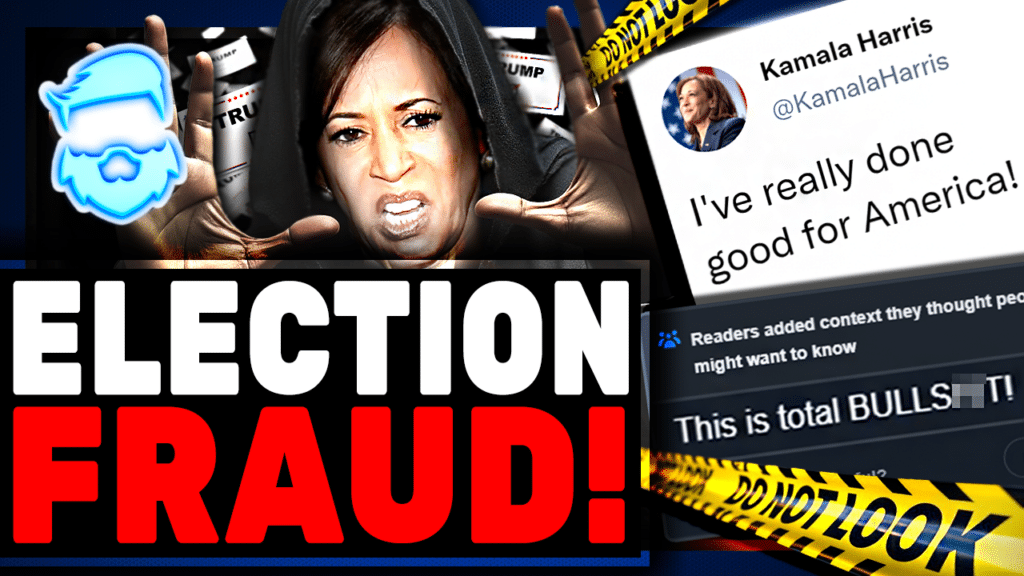No joke: On April 1, Twitter will start removing blue checkmarks from legacy verified users.
To retain the blue check, individuals must sign up for Twitter Blue, an $8-per-month subscription service ($11 on iOS) that lets folks write longer tweets, edit posts, upload 1080p video, access dedicated customer support, and more.
Twitter verification launched in 2009 to distinguish genuine, notable account holders—celebrities, organizations, etc.—from impersonators. Until November 2022, a blue checkmark indicated an account was actually owned by the entity it claimed to represent.
Since Elon Musk took over the platform, though, things have become more complicated. Musk has repeatedly said that those who received their blue checkmarks in the years before his acquisition are “totally corrupt(Opens in a new window)” because some people allegedly paid for them. Going through a legit payment system from Apple or Google is more secure, he argued. But when Twitter Blue started selling access to a blue checkmark in early November, impersonators quickly seized on the opportunity. (Though it may have resulted in cheaper insulin in the US(Opens in a new window), oddly enough.)
Following that snafu, Twitter did not allow newly created accounts sign up for Twitter Blue, making them wait 90 days. That’s now been reduced to 30 days(Opens in a new window).
At this point, legacy verified accounts have a somewhat passive agressive note attached to their blue checkmarks: “This is a legacy verified account. It may or may not be notable.” If you pay for Twitter Blue, your profile will note that instead. There are also different colored checkmarks for organizations and government officials.

















